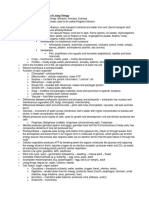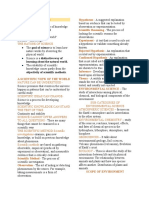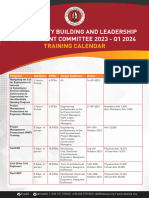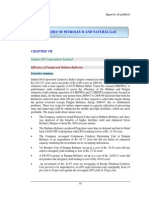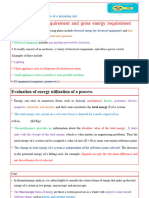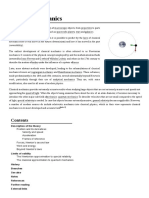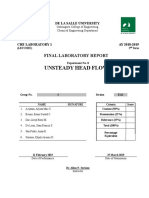0% found this document useful (0 votes)
36 views4 pages? General Science Notes
The document outlines key branches of science, including Physical, Life, Earth and Space, and Environmental Science, alongside the scientific method. It covers fundamental concepts of matter, force and motion, energy, living organisms, ecosystems, human body systems, Earth science, and astronomy. Each section provides essential definitions and principles relevant to the study of general science.
Uploaded by
miajiepon387Copyright
© © All Rights Reserved
We take content rights seriously. If you suspect this is your content, claim it here.
Available Formats
Download as DOCX, PDF, TXT or read online on Scribd
0% found this document useful (0 votes)
36 views4 pages? General Science Notes
The document outlines key branches of science, including Physical, Life, Earth and Space, and Environmental Science, alongside the scientific method. It covers fundamental concepts of matter, force and motion, energy, living organisms, ecosystems, human body systems, Earth science, and astronomy. Each section provides essential definitions and principles relevant to the study of general science.
Uploaded by
miajiepon387Copyright
© © All Rights Reserved
We take content rights seriously. If you suspect this is your content, claim it here.
Available Formats
Download as DOCX, PDF, TXT or read online on Scribd
/ 4















